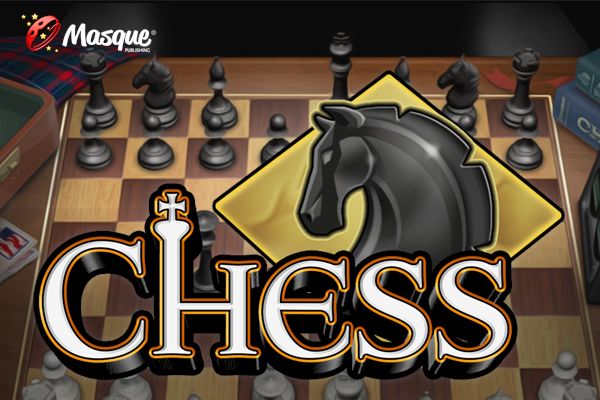Search results
The dark depths of these forests are home to a world full of creepy crawlies, from ants who devour an entire slug while still alive, to all other kinds of spooky midnight feasts...
- 40 min
- 713K
- BBC Earth
Mar 8, 2024 · See 15 stunning photos of bugs and arachnids of all shapes and sizes from the Smithsonian Magazine Photo Contest. Learn about their beauty, behavior and diversity in this gallery of creepy-crawly images.
- Social Huntsman Spiders
- Giant Burrowing Cockroach
- Baphomet Moth
- Black Soldier Fly Maggots
- Tailless Whip Scorpion
- The Giant Elephant Mosquito
- Common Scorpion Fly
- GeneratedCaptionsTabForHeroSec
Native to Australia, social huntsman spiders live in large family groupsbeneath the loose bark of dead or dying trees. Sound like nightmare fuel? Don’t worry, social huntsman spiders are gentle giants who rarely bite humans (and cause minimal harm when they do). Unlike most spider species, social huntsmans live together in groups containing a large...
Cockroaches are among the world’s most feared and reviled insects – which is a great pity, as most cockroaches are harmless animals that play a crucial role in our natural environment. Take the giant burrowing cockroach, found in the warm tropical and subtropical forests of Australia. This gentle giant is the world’s heaviest species of cockroach, ...
With weirdly pulsating tentacles, the Baphomet moth looks like an alien nightmare – but these moths are simply looking for love. When male Baphomet moths sense the presence of a female, they inflate enormous, tentacle-like organs called “coremata”, which produce an irresistible female-attracting chemical bouquet. While it’s not the only moth specie...
A big, writhing mass of maggots might not sound like one of nature’s marvels, but the larvae of the black solder fly are recycling superheroes that may one day help humanity cut down on food waste. Roiling masses of soldier fly maggots can rapidly devour food through a process physicists colourfully described as a “maggot fountain”. The incredible ...
Despite their name, tailless whip scorpions are not scorpions, but instead belong to an unusual group of arachnids called amblypygids. Despite their fearsome appearance, amblypygids lack venom and are timid animals that rarely bite unless threatened. These shy animals prefer to stay hidden in humid habitats such as in leaf litter, inside caves or u...
Few things in life are as horrifying as the high-pitched squeal of a mosquito in the dark. Now imagine an enormous mosquito five times the size of your average mozzie. Measuring in at a shocking 8mm in length, the Australian elephant mosquito is the world’s largest mosquito species. But fear not, this enormous mozzie is a nectar-sipping vegetarian....
Scorpionflies look like a bizarre mashup between a fly and a scorpion. Combine their sinister appearance with a somewhat ghoulish habit of feeding on fresh human corpses, and you have the makings of an excellent horror movie. Luckily, scorpionflies are not, as their name suggests, flying scorpions, nor are they capable of harming a human. In fact, ...
Learn about seven fascinating animals without backbones that are often described as "creepy crawlies", but are not dangerous to humans. From social huntsman spiders to giant burrowing cockroaches, these invertebrates have amazing adaptations and ecological roles.
- Tanya Latty
Creepy Crawlies [1] is a stop motion animation series created by Cosgrove Hall Productions. The series consisted of 52 ten-minute episodes, [2] which were broadcast on Children's ITV between 1987 and 1989. All episodes were written by Peter Reeves and directed by Franc Vose and Brian Little; narration and character voices were provided by Paul ...
- GROUND BEETLES. There are 40,000 different species in the family Carabidae, 2000 of which live in North America. Rarely flying and often black, these insects have a tough shell to protect them from predators while they're hunting prey themselves: They get rid of garden pests like aphids, flies, maggots, slugs, and other creatures hell-bent on destroying your garden (although some members, such as the genus Zabrus, are classified as pests, especially during droughts).
- LADYBUGS. Gardeners who have an aphid problem should consider buying ladybugs in bulk. When released correctly (at twilight, into a damp garden filled with pests), these beautiful beetles will settle in and hopefully procreate; when their eggs hatch, the spiny, black-and-orange ladybug larvae will make an all-they-can-eat buffet of pests like mites, scale, and aphids.
- DAMSEL BUGS. These long-beaked bugs are so great for your garden that experts say you should actively try to attract them. “Herbs such as dill, fennel, lavender, coriander, or chamomile should be planted to attract damsel bugs for shelter and food,” Kelly Allsup, a University of Illinois Extension horticulture educator, said in a university news article.
- GREEN LACEWINGS. As adults, these beautiful insects typically prefer pollen and nectar. But as larvae they're voracious, chowing down on as many as 60 aphids in an hour (which is probably how they earned the nickname "aphid lion").
Jul 12, 2024 · See Ten Creepy-Crawly Portraits From the Insect Week Photography Contest. The Royal Entomological Society’s Photography Competition highlights the wonder and diversity of the six-legged...
People also ask
How many episodes are in Creepy Crawlies?
Are 'creepy crawlies' dangerous to humans?
Why are crawly crawlies important?
When fully grown, their wings make them look exactly like leaves, with veins, stalks and all! Keller's insect models: The Brazilian treehopper (1953) by Alfred Keller (MfN) and Hwa Ja Götz (MfN)...



